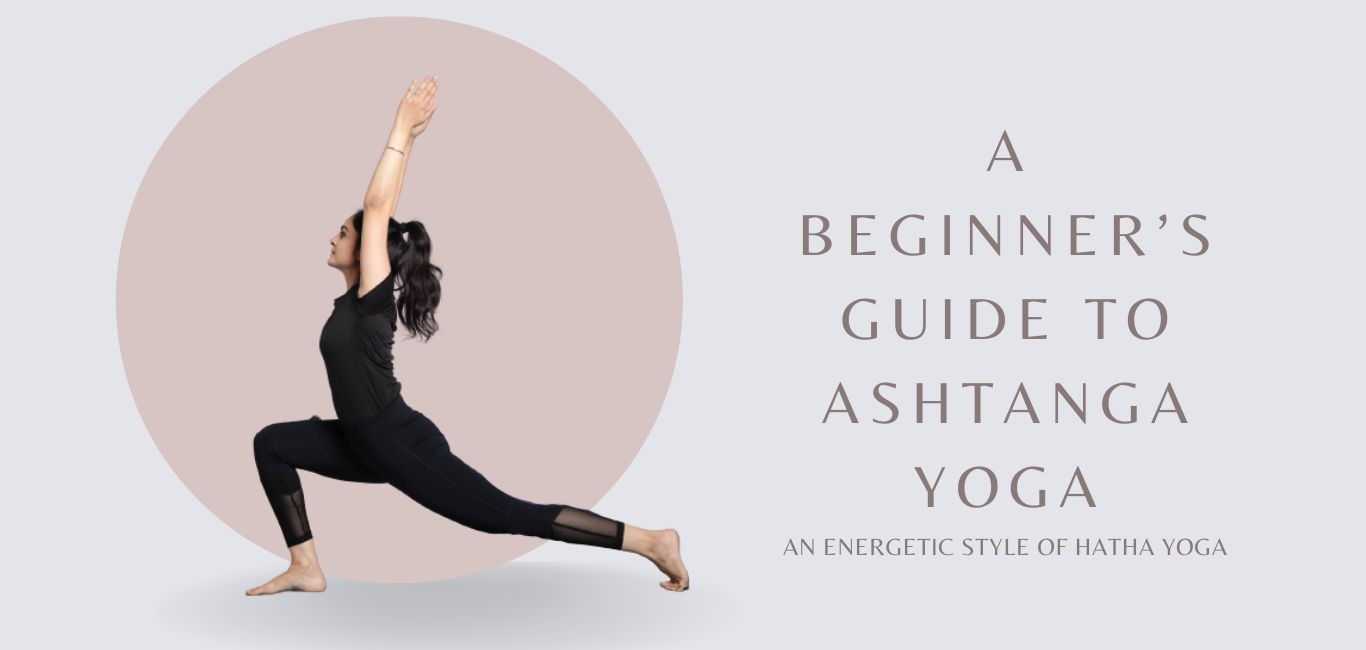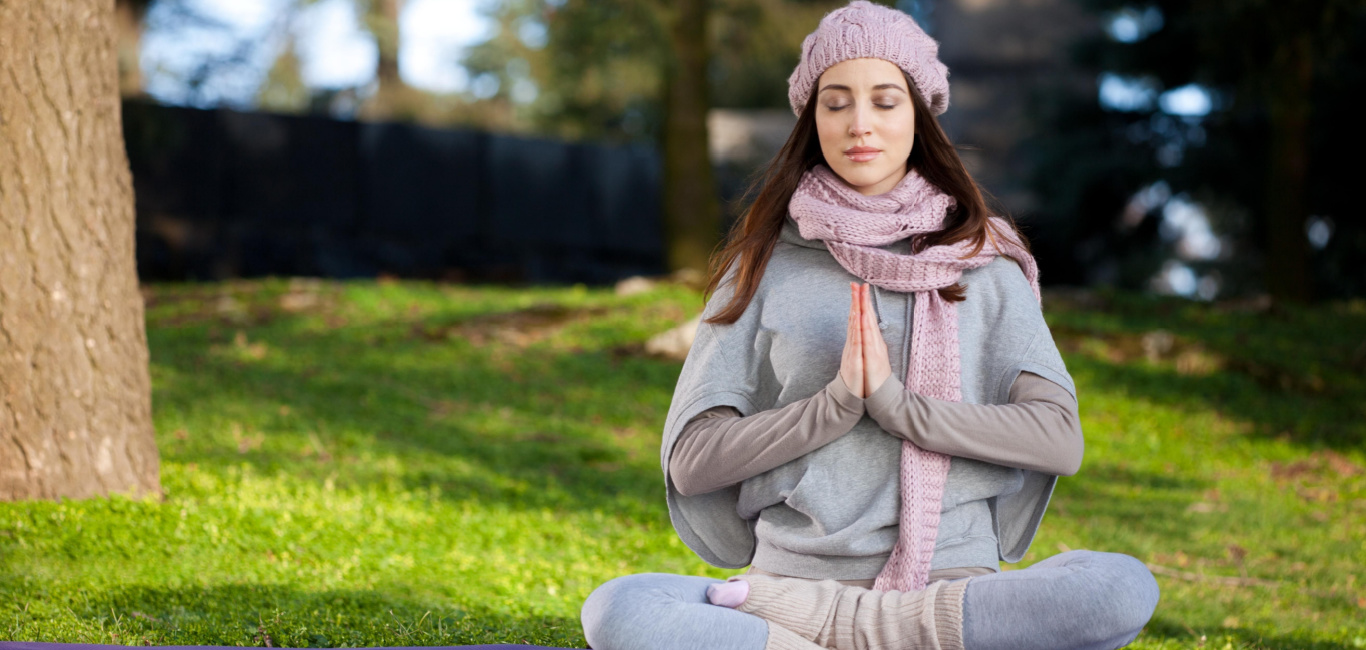
“I practise ashtanga yoga early morning. After my regular session every morning, I feel active. It brings a sense of positivity as I start the day,” says Neha Tekriwal, an information technology professional from Bengaluru.
Ashtanga yoga, a branch of yoga, is intense and physically demanding. Considered suited for athletes who have high levels of endurance by training, ashtanga yoga emphasises on movement, breath and strength building.
An important aspect of it is it stress on austere moral codes for the individual practitioner in life and society. Mental discipline and spiritual expansion are its pivots as prescribed in its eight limbs or ‘ashta angas’ of conduct. More on them later.
Yoga experts say ashtanga yoga brings the mental, emotional, and physical and spiritual aspects into harmony when practised with dedication over a longer period.
Krushnakumar Pawar is a Hong Kong-based exponent of ashtanga yoga. “I have been practising yoga since I was a child and was introduced to this and other forms of yoga during my YTT training in Rishīkesh,” he tells Happiest Health.
“Compared to other forms of yoga, it is advanced, fast paced and follows a predefined sequence. It needs the mind to be continuously focussed on the sequence to make it a habit.” According to him, prior experience with doing yoga is necessary to practise ashtanga yoga in the right way. “I teach people to be conscious of their bodies while doing this yoga.”
According to Ashish Porte, yoga teacher and founder of Ashish Yoga and Wellness Academy, Bengaluru, ashtanga yoga involves a series of postures connected by breath. “This form of yoga acts not just physically, but emotionally and spiritually too,” he says.
What is ashtanga yoga
Ashtanga, because of its need for stamina, is said to be an athletic and energetic form of hatha yoga channelising and preserving the life force through physical techniques. Ashtanga yoga involves a fixed pattern of postures built on six levels or stages.
The fixed sequences of asanas have fluid transitions (vinyasasa), which are performed in tune with the breath. Each pose has a particular focus point for the eyes (drishti). Bandhas (called body locks, which lock the vital energies in the body) are maintained throughout the practice.
A study published in the journal Mindfulness found that 31 out of 44 participants who completed all sessions of ashtanga yoga showed improved self-esteem and reduced symptoms of anxiety and depression.
In ashtanga yoga, a student practices the same sequence of asanas in a session of 20-30 minutes. Students first master their primary series over a long period under the guidance of their guru or teacher and only then progress to the intermediate series.
Who can do ashtanga yoga
Ashtanga yoga has a reputation for being tough and exhausting. The asanas are physically demanding, but over time, one should also strictly train the mind to let go of the chaos within.
Ashtanga yoga is advised for people who are overweight, hypermobile or people with past injuries. The teachers deal with students individually and modify the sessions according to each one’s limitations.
Ashtanga yoga: what to expect
Ashtanga yoga differs from other forms of yoga in its fixed sequence or series.
Mukesh Jha, 34, of Bengaluru tells Happiest Health, “Many people assume that ashtanga yoga is a form of power yoga – which is done to increase physical strength, flexibility and reduce body weight.”
But along with that, he says it also helps in tuning one’s body as it enhances concentration, stability and synchronisation or harmony with emotions Jha adds that practicing ashtanga yoga has helped him to handle many sensitive personal matters.
Ashtanga yoga is traditionally taught in the Mysuru style, in which students practices on their own and the teacher provides minimal assistance. Because nobody announces sequences and postures, everyone is free to practice at one’s own pace —as dictated by their respective breathing pace.
The 8 limbs of ashtanga
In Sanskrit, ashta means eight, and anga means limb. The term ashtanga means an eight-step path to attaining bliss.
The practitioners should follow its eight codes of conduct.
- Yama – social discipline and rules of conduct towards others
- Niyama – self-discipline, abstinence and rules of conduct for oneself
- Asana – postures and physical exercises
- Pranayama – breath control
- Pratyahara – withdrawal or disciplining of the senses
- Dharana – concentration
- Dhyana – meditation
- Samadhi – trance or total withdrawal of the senses from the outside
How the levels are achieved
A main goal of ashtanga also a calm mind. In the asana practice, the emphasis is on breath, and for advanced practitioners, pranayama, too.
Ashtanga is recommended for practice in the mornings six days a week, along with observance of yamas and niyamas.
Focus on self
Lakshmi (not her full name), a yoga instructor in Bengaluru, says, “Ashtanga yoga starts with focussing on the self before moving on to the physical postures and meditation process. Unlike other yoga practices, it is also about mindfulness and emotional health.”
Chandrika (not her full name), 33, a practitioner from Bengaluru, says she owes her emotional harmony and inner strength to ashtanga yoga. These, she says, have helped her through difficult circumstances.
Benefits of ashtanga yoga:
- Improves physical and mental stamina
- Improves muscle tone and flexibility
- Relieves stress and anxiety
- Improves attention and creativity

















